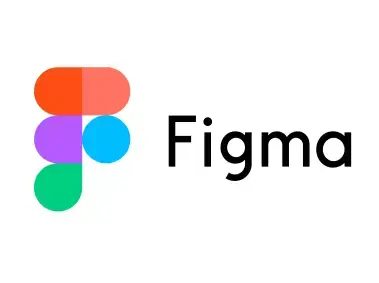The Design Thinking Process
- claufeza
- Jun 16, 2023
- 2 min read
To develop groundbreaking products or improve a product, you need to identify and solve the problem of your target audience. Organizations and individuals use design thinking to create a prototype and a product. This article explores the steps of the design thinking process and highlights its significance in fostering empathy, collaboration, and iteration. The design thinking process leads to innovative solutions that resonate with your target audience.
The Design Thinking Process
The design thinking process consists of six steps: empathize, define, ideate, prototype, test, and implement. Each step builds upon the previous one. This allows designers to get insights, challenge assumptions, and refine their ideas.
1. Empathize
The first step is empathizing with end-users and stakeholders. Designers gain deep insights by actively seeking to understand their needs, perspectives, and challenges through interviews, observations, surveys, and immersion in their environment.
2. Define
After gaining empathy, the design thinking process moves to define the problem. In this stage, the designers synthesize the collected data and insights to create a clear problem statement. We should reframe the problem from the user's perspective to find the root causes of the problem.
3. Ideate
In this stage, the designers generate diverse ideas to solve the defined problem. This is done through brainstorming sessions, mind mapping, and other creative techniques. This encourages the exploration of unconventional solutions and innovation. However, we should create criteria to classify each solution or idea. The ideas should be feasible.
4. Prototype
This is where abstract ideas are transformed into tangible representations. There are two types of prototypes. Low-fidelity prototypes, such as sketches or wireframes, enable designers to visualize and communicate their concepts on a budget. High-fidelity prototypes are closer to the real end product and are more expensive. Prototypes serve as tools for experimentation, iteration, and feedback, facilitating the refinement of ideas.
5. Test
Testing involves gathering feedback on your prototypes from end users. This helps designers understand the user's experience. After this, the designers can make changes to the prototype.
6. Implement
Once the design has been refined and validated, designers collaborate with developers and stakeholders to make a fully functional product or service. This stage includes putting the final product on the market.
Conclusion
Design thinking offers a structured and user-centric approach to problem-solving and innovation. By following this process, you can empathize with your target audience, identify their problems, and make a product that solves them.





Comments